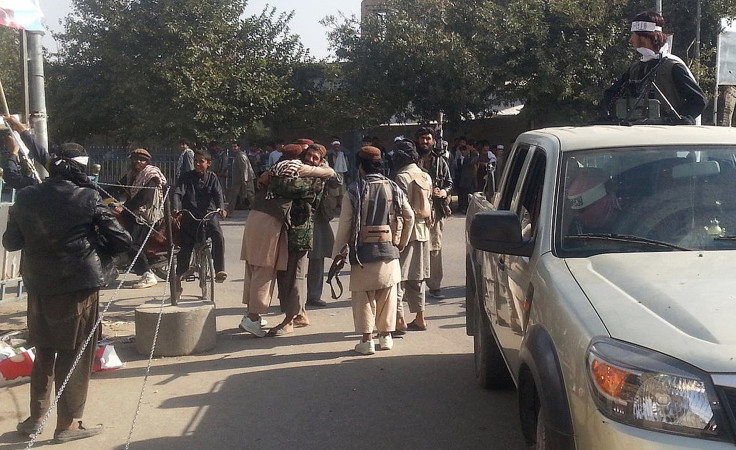Taliban Expands, Spreads Through More Of Afghanistan Than At Any Point Since 2001: Report

A new assessment by the United Nations indicates that the Taliban, which has, in the past weeks, stepped up its attacks in Afghanistan, has spread through more of the country than at any point since 2001.
The U.N. data, which was compiled last month and has not been released publicly, shows that more than half of the country’s provinces are now under either “high” or “extreme” threat from the Taliban, the New York Times reported Sunday.
A total of 27 of Afghanistan’s 34 provinces now have some districts where the threat levels are high or extreme, while several others, including regions surrounding Kabul, are reportedly classified as being under “substantial” threat. Moreover, as the assessment is based on data compiled before the militant group began its offensive in the northern city of Kunduz, the current situation on the ground is believed to be much worse.

Over the weeks, since the Taliban announced the appointment of a successor to former leader Mullah Omar, the group has sought to regenerate itself and strengthen its military capability. Under the leadership of Mullah Akhtar Mansour -- Omar’s former deputy -- the Taliban has launched a multi-pronged attack in Pashtun-majority areas in southern and eastern Afghanistan, and isolated pockets in the north, including Kunduz.

“We have had fighting in 13 provinces of Afghanistan over the past six months, simultaneously,” Afghan President Ashraf Ghani reportedly said, earlier this month. “The war is ongoing.”
Last week, top U.S. commander in Afghanistan General John F. Campbell insisted that Afghanistan’s military remained in control of “nearly all” of the district centers in the country. “Afghanistan is at a critical juncture,” he told lawmakers during a testimony. However, the report, which came just hours after a British military convoy was attacked in Kabul, would be a major blow to the U.S.-led campaign in the country.
According to the U.N. assessment, in several districts in the southern provinces of Helmand and Urozgan, government forces only control government buildings, and remain under constant attack from militants.
“A persistent Taliban presence … indicates that the insurgency is fighting for more than remote district centers, and furthermore that it can regenerate itself and strengthen its military capability,” the Institute for the Study of War said, in a report released earlier this year. “Far from defeated, the ongoing Afghan insurgency remains a serious challenge and threatens to reverse hard-won prior gains.”
© Copyright IBTimes 2024. All rights reserved.












